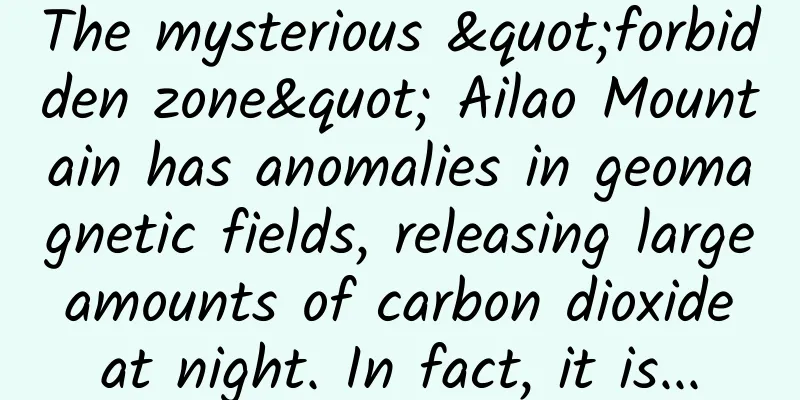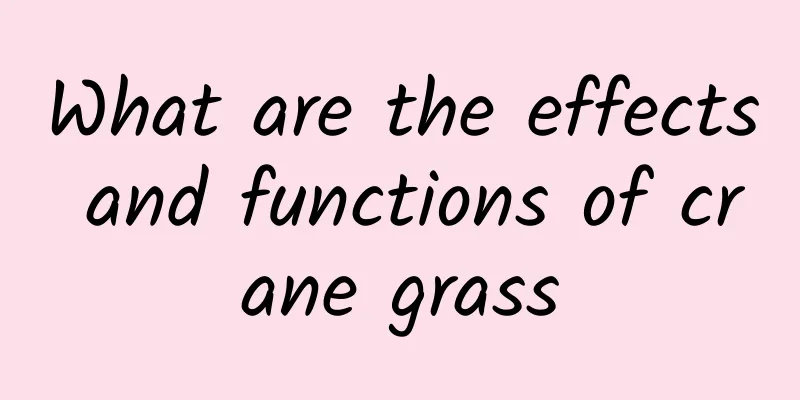The efficacy and function of Polygonum multiflorum

|
Many people are not very clear about the effects and functions of the traditional Chinese medicine Polygonum multiflorum. Let’s take a look below. [Other names] Polygonum multiflorum, Polygonum aviculare, Polygonum aviculare [Source] Medicinal material source: the whole herb of Polygonum multiflorum of the Polygonaceae family. [Original form] Annual herb, 40-80cm tall. The taproot is bent. Stem upper part erect, simple or branched. Leaves are alternate; with short petioles and hard spines; leaf blades are lanceolate or narrowly lanceolate, often with brown spots on the upper side, green on the back, 4-10cm long, 0.5-2cm wide, with acuminate tip, cuneate base, and hard spines on the main veins and leaf margins; stipules are tubular, membranous, obvious at the upper part, tightly clasping the stem, 1-2.2cm long, with sparse pubescence, truncated tip, and short eyelashes. Flowers numerous, gathered in panicles, terminal or axillary, peduncles slightly glandular; flowers densely grown, 1.5-5cm long, usually erect, bracts funnel-shaped, purple-red, oblique at apex, sparsely ciliated, perianth pink or white, usually 5-lobed, imbricately arranged; stamens 7 or 8, 6 fertile; styles 2, rarely 3. Achenes are broadly ovate, dark brown, shiny, and enclosed in persistent perianth. Flowering and fruiting period is June to September (October). 【Habitat distribution】Ecological environment: grows in riverbank wetlands. [Chemical composition] The aerial parts of Polygonum multiflorum contain formic acid, acetic acid, pyruvic acid, valeric acid, glucuronic acid, galacturonic acid, pyrogallic tannin, vitamin C and trace elements. It also contains essential oils and saponins. Its leaves contain quercetin, isoquercetin and hyperoside. Its seeds contain 5,7-dihydroxychromone, quercetin-3-galactcoide, kaempferol 3-galacteside, quercetin, kaempferol, and β-sitosterol. 【Nature and flavor】 Pungent; bitter; warm 【Meridian】 Lung; spleen; large intestine 【Functions and indications】Induces sweat and removes dampness; helps digestion; kills insects. It is used for colds caused by wind and cold; arthralgia caused by wind and cold dampness; diarrhea caused by indigestion and intestinal parasites. [Usage and Dosage] For oral use: decoction, 6-12g. [Additional prescription] "Compendium of Materia Medica" says: "All large things are named after horse, and the common name for this is large polygonum." This plant is named horse polygonum and large polygonum because of its tall stems and leaves. It is also said: "There is a black mark in the middle of each leaf, like an ink dot, so the alchemists called it Moji grass." 【Excerpt】 Chinese Materia Medica Through the detailed introduction of Polygonum multiflorum in this article, we can learn about the related functions and eating methods of Polygonum multiflorum. The value of Polygonum multiflorum can be seen from its efficacy, which fully reflects the importance of Polygonum multiflorum. |
<<: The efficacy and function of Malba
>>: The efficacy and function of horse bone joint
Recommend
The harm of long-term consumption of angelica and astragalus
Speaking of Scutellaria baicalensis and Chuanxion...
"Master of camouflage", more beautiful than flowers...I guess you have never seen this kind of insect!
Travel writer James Hingston wrote in his 1879 tr...
Do we really need three meals a day?
The idea of "three meals a day" is ve...
What did a 5,000-year-old jade mask look like?
"This jade mask is a kind of funeral jade. T...
Battle and coexistence between humans and viruses | Science Gallery
A global virus pandemic has almost overturned peo...
New discovery! The origin story of angiosperms hidden in "stones"
Produced by: Science Popularization China Author:...
The carotene content is 45 times that of pineapple, and the calories are lower than apples. This fruit is just right to eat now.
It’s mango season! Mango has a unique flavor and ...
Why can't you change seats on the plane? Must you board the plane through the left door? The truth is not that simple
Ding~ Welcome aboard The smiles of the flight att...
Wunderkind: UK e-commerce consumer report 2025
Wunderkind releases UK eCommerce Consumer Report ...
The efficacy and function of mountain lychee fruit
What are the functions of mountain lychee fruit? ...
What would you see if you dismantled 300 nuclear power plants?
2022 The world's first artificial nuclear rea...
Should you lie down, sit, or stand after eating? Doctors give the standard answer...
Expert of this article: Pa Lize, Chief Physician ...
The efficacy and function of big lip fragrance
Traditional Chinese medicine has a history of tho...









